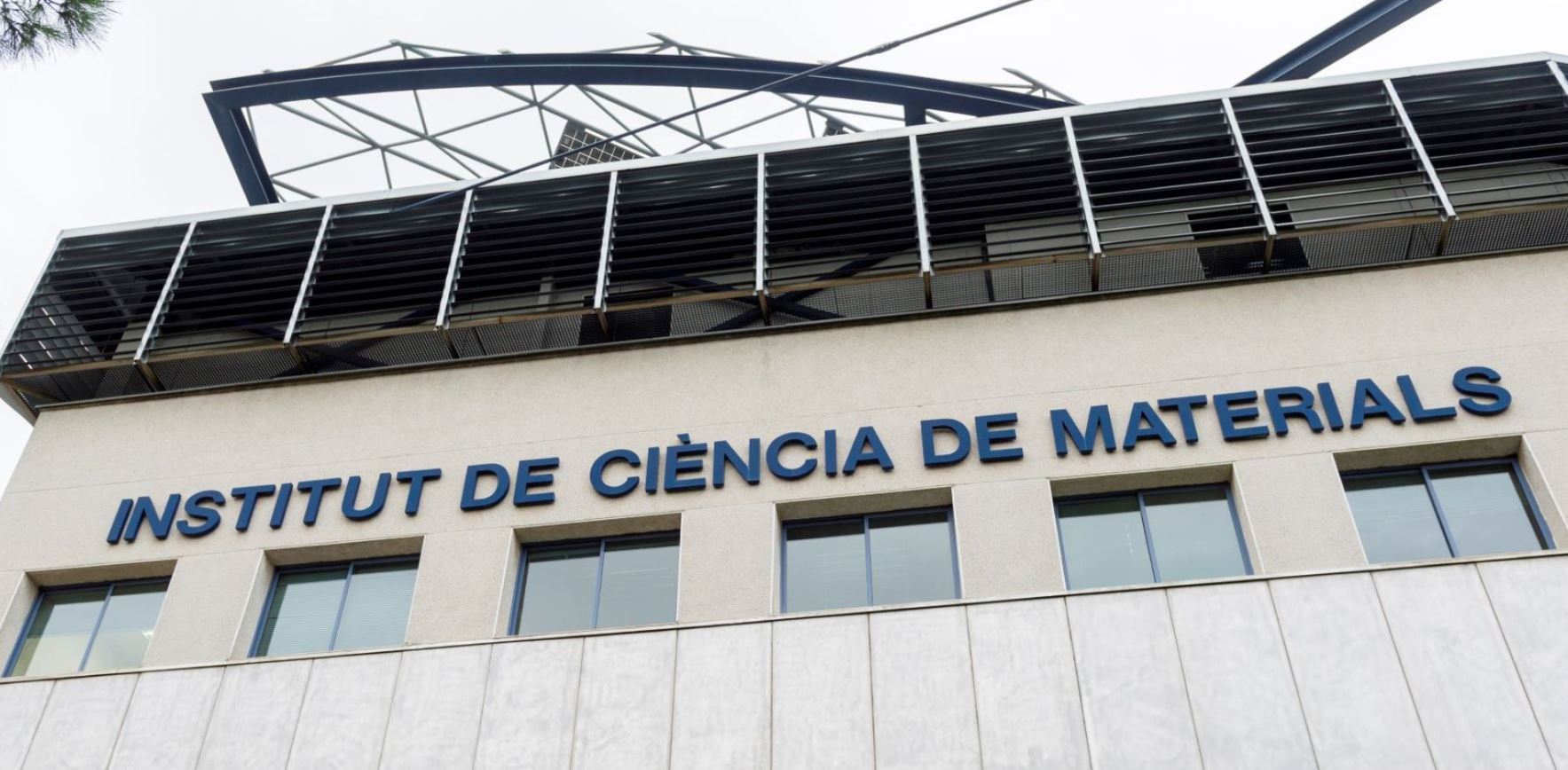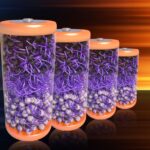 Researchers at the Institute of Materials Science of Barcelona (ICMAB-CSIC) have developed an iron-based, wireless induction system that allows batteries to partially recharge themselves. By using a symmetric setup and a reversible redox reaction between ferricyanide and iron ions, this system transfers charge without the need for extra wiring in the battery’s bipolar electrodes. This breakthrough, published in Electrochimica Acta, could pave the way for more efficient battery technologies, especially in remote or off-grid applications.
Researchers at the Institute of Materials Science of Barcelona (ICMAB-CSIC) have developed an iron-based, wireless induction system that allows batteries to partially recharge themselves. By using a symmetric setup and a reversible redox reaction between ferricyanide and iron ions, this system transfers charge without the need for extra wiring in the battery’s bipolar electrodes. This breakthrough, published in Electrochimica Acta, could pave the way for more efficient battery technologies, especially in remote or off-grid applications.
Lead author Nieves Casañ-Pastor notes, “This reversible mechanism is unlike anything we’ve seen before. The battery’s capacity increased up to four times, and its power output improved noticeably.” Although the current design is a model for testing, its core principles might soon power sensors, communication devices, and other systems in isolated areas. The experiment, which demonstrated sustained efficiency over 100 cycles using cost-effective, environmentally friendly iron-based electrolytes, is the result of a collaboration with the Catalan Institute of Nanoscience and Nanotechnology (ICN2) and Argentina’s National University of La Plata (UNLP) through the CIDCA research centre.








